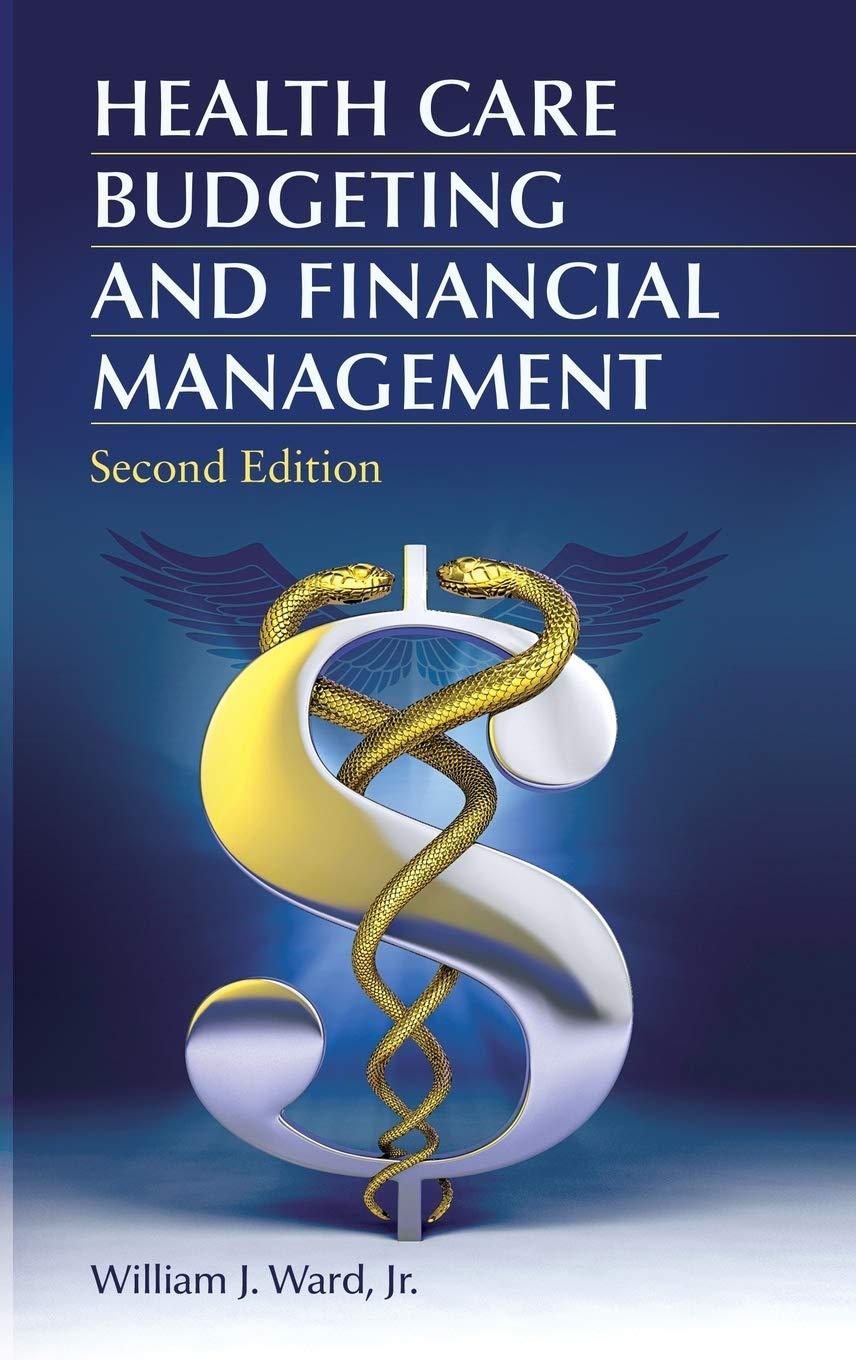Question
1. Measles is currently re-emerging in the United States. The CDC estimates that 100,000 children have been infected (but they don't know who). The Federal
1. Measles is currently re-emerging in the United States. The CDC estimates that 100,000 children have been infected (but they don't know who). The Federal government decides to take action they decide that no child can attend school until they pass a "measles-free" test. The test is 99% accurate (1% of the time it says your child has the measles when they do not and 1% of the time it says a child does not have the measles when they do). Assume there are 78 million school age children in the US. Your child is banned from attending school (i.e., does not pass the measles-free test).
a) What is the probability that your child is actually infected with measles?
b) Suppose your child tests positive for measles, but your child is allowed to keep taking the same test over-and-over. Assume that each application of the test is independent and the cause of obtaining an inaccurate test result is random (i.e., there isnt a specific cause for obtaining a false positive or negative). How many total times would you have to run the test to get to a 99.99% (or better) confidence that a child is actually infected with measles if they dont pass the test? Careful, you are going to have to carry at least 7 or more significant figures through your calculations to get this right. I strongly suggest that you use a spreadsheet on this part of the problem.
2. A company is considering making an investment in new processing equipment. The value of the future cash flow one year in the future that results from this investment is either $12,000 if the market goes up or $7000 if the market goes down. The capital investment at time 0 is $10,000. a) Determine the present value of the equipment investment at time 0 using decision tree analysis (DTA). Assume that the objective probability that the market goes up is 0.7. The risk-adjusted discount rate is 20% per year. b) What is the net present value (NPV) of the equipment investment at time 0 (from part a)? c) Assume that the company can purchase an option for this investment. The option allows the company to abandon the investment after 1 year and sell the equipment for 50% of its original cost (i.e., 0.5 x $10,000); OR, it can expand, which will result in twice the cash flow value (i.e., 2 x $12,000, or 2 x $7000). To expand, the company will have to make an additional capital investment of $4500. What should the price of this option be (i.e., if the company has to pay up-front in year 0 for an option that allows the flexibility described, what should it pay)? The riskless rate is 2% per year. d) What is the risk-adjusted discount rate corresponding to part c)? Use the objective probability from part a).
3. A company is considering developing of a new product. Based on its experience with similar products, it believed that it can wait for five years (T = 5) before releasing the new product. An analysis using an appropriate risk-adjusted discount rate indicates that the present value of the expected future cash flows for the new product will be S = $160 million, while the investment to develop and market the new product is X = $200 million. The annual volatility of the future cash flows is estimated to be = 30% and the continuous annual risk-free rate over the options life is Rf = 5%/year. What is the value of the option to wait? a) Use a Binomial Lattice to solve this problem, with the other necessary parameters given as below and assuming continuous compounding:
u = e^sigma sqrt(dt)
d = 1/u Incremental time step dt = 1 year b) Use the Black-Scholes method to solve the problem.
Step by Step Solution
There are 3 Steps involved in it
Step: 1

Get Instant Access to Expert-Tailored Solutions
See step-by-step solutions with expert insights and AI powered tools for academic success
Step: 2

Step: 3

Ace Your Homework with AI
Get the answers you need in no time with our AI-driven, step-by-step assistance
Get Started


